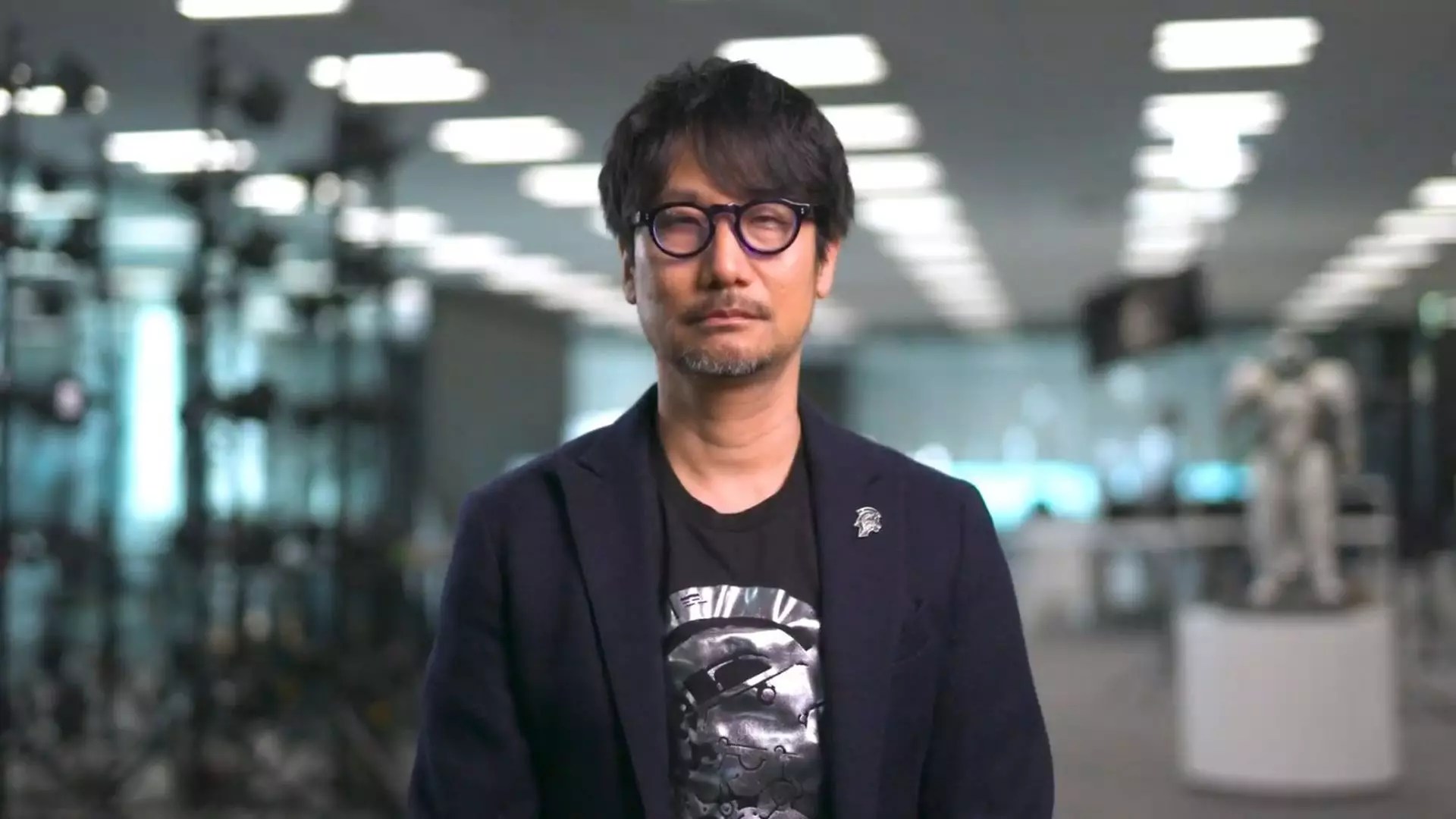The world of gaming is often seen as an immersive escape, but with the release of *Death Stranding 2: On the Beach*, Hideo Kojima has crafted a narrative that resonates on multiple levels. It was just yesterday when fans dove headfirst into the enchanting yet desolate landscapes of Mexico and Australia. Initial reports indicate that the game is receiving significant acclaim, even achieving a staggering Metacritic score that positions it as one of the zeniths of 2025 gaming alongside acclaimed titles such as the highly anticipated Zelda Switch 2 ports. Yet, despite this overwhelming success and acclaim, Kojima has expressed concerns regarding the potential pitfalls of such positivity.
The Balance Between Praise and Pressure
Kojima’s insight encapsulates a fascinating paradox within creative industries: abundant praise can often lead to an atmosphere of constriction rather than liberation. The co-composer of the game, Woodkid, reported that they had to recalibrate their script based on playtesters’ overwhelmingly positive feedback. While this might sound like a promotional win, such adjustments can inadvertently hinder the artist’s vision. Retaining creative authenticity while addressing community feedback is an intricate balancing act, where too much praise morphs into creative pressure.
In a surprising juxtaposition, while players were becoming connected through the Chiral Network, Kojima took a break to immerse himself in the visceral and raw world of New Japan Pro Wrestling. His attendance at the “Fluorescent Lighttubes Glass Board Barbed Wire Death Match” at Korakuen Hall serves as a reminder that art is not merely confined to video games. It thrives in the adrenaline-fueled chaos of wrestling events where stories unfold amidst actual physicality, quite similar to how narratives play out in his games.
A Deep Connection to Storytelling
Kojima’s tweet about the wrestling event and his appreciation for the performer Jun Kasai, particularly following Kasai’s loss, highlights a profound connection that transcends mediums. For Kojima, Kasai exemplified the essence of an “entertainment artist,” using his body as a canvas, which he had previously discussed in his admiration for the 2021 documentary honoring Kasai. It makes one wonder if this connection to visceral storytelling might inspire Kojima to implement more narrative depth in alternate formats, such as a wrestling game that channels his innovative storytelling abilities in new avenues.
A Future Where Gaming and Wrestling Merge
Given the shared thematic elements of both Kojima’s games and wrestling—conflict, redemption, and the power of personal narratives—it is exciting to contemplate a project that fuses these realms. With established figures in the gaming world like Suda51 creating compelling wrestling stories, the landscape seems fertile for Kojima to explore similar avenues. The potential of creating dynamic characters, not unlike John Cena, intertwined with complex story arcs in a wrestling context could revolutionize the genre.
As both art forms continue to evolve, it’s clear that the boundary between gaming and other forms of entertainment is slowly but surely dissolving. Kojima’s endeavors are not merely a reflection of gaming trends but an exploration of broader artistic expression. The need for innovation, guided by a spirit of authenticity rather than mere positive reception, could lead to unprecedented cultural phenomena in both gaming and wrestling arenas, captivating audiences worldwide.


Leave a Reply